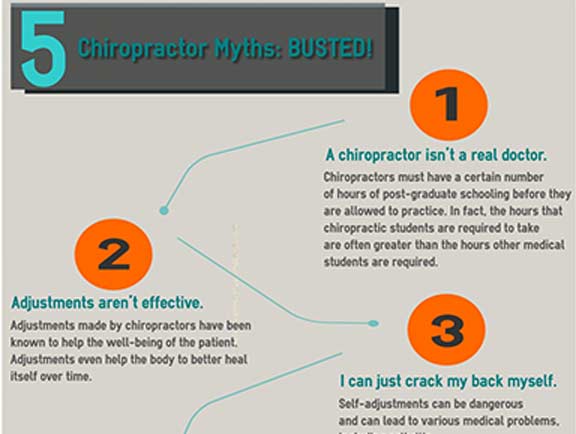The Relationship Between Pose And Pain In The Back: Techniques For Keeping Proper Placement During The Day
The Relationship Between Pose And Pain In The Back: Techniques For Keeping Proper Placement During The Day
Blog Article
Writer-McKinley McIntyre
Preserving appropriate position isn't practically staying up right; it has to do with aligning your body in a manner that supports your spine and decreases the danger of pain in the back. The method you sit, stand, and relocate throughout the day can considerably influence your back health and wellness. However just how exactly can you ensure great positioning constantly, even throughout busy days loaded with various activities? Let's dig deeper right into the refined yet impactful adjustments you can make to your day-to-day regimen to maintain your back happy and healthy and balanced.
Importance of Proper Pose
Proper stance is vital in keeping a healthy back and stopping discomfort. When you sit or stand with excellent pose, your back is in alignment, lowering pressure on your muscular tissues, ligaments, and joints. This alignment enables the body to distribute weight evenly, avoiding too much stress and anxiety on certain areas that can lead to discomfort and pain. By keeping your back appropriately straightened, you can likewise improve your breathing and digestion, as slouching can press body organs and restrict their performance.
Furthermore, keeping good pose can boost your overall look and self-esteem. When you stand tall with your shoulders back and head held high, you radiate self-confidence and show up even more friendly. Great position can additionally make you really feel much more stimulated and alert, as it advertises correct blood flow and permits your muscles to function effectively.
Integrating proper position into your everyday routine, whether sitting at a workdesk, strolling, or exercising, is crucial for avoiding back pain and promoting general well-being. Bear in mind, a tiny modification in exactly how you hold yourself can make a substantial difference in how you really feel and function throughout the day.
Common Postural Mistakes
When it involves maintaining excellent position, several people unknowingly make typical errors that can add to pain in the back and discomfort. Among one of the most common errors is slumping over or stooping over while resting or standing. This position places extreme pressure on the spinal column and can cause muscle inequalities and discomfort in the long run.
An additional usual mistake is overarching the reduced back, which can squash the all-natural curve of the spine and cause discomfort. Furthermore, going across legs while sitting might really feel comfy, but it can develop an imbalance in the hips and hips, bring about postural issues.
Making use of a pillow that's as well soft or also firm while sleeping can additionally impact your alignment and contribute to pain in the back. Lastly, constantly craning your neck to look at displays or adjusting your placement regularly can strain the neck and shoulders. Being mindful of these usual postural mistakes can assist you maintain far better placement and lower the risk of neck and back pain.
Tips for Correcting Alignment
To improve your positioning and reduce pain in the back, it's essential to concentrate on making small changes throughout your everyday regimen. Begin by being mindful of your position. When resting, ensure your feet are flat on the floor, your back is straight, and your shoulders are loosened up. Stay clear of slouching or leaning to one side. Usage you can look here or cushions to support your lower back.
When standing, disperse your weight uniformly on both feet, maintain your knees slightly bent, and embed your pelvis. Involve your core muscular tissues to sustain your spinal column. Take breaks to extend and walk if you have a sedentary work. Integrate exercises that enhance your core and back muscles, such as slabs or bridges.
While sleeping, make use of a pillow that supports the all-natural curve of your neck to maintain correct spinal positioning. Stay clear of sleeping on your belly, as it can stress your neck and back. By being mindful of these pointers and making small adjustments, you can slowly correct your alignment and minimize neck and back pain.
Verdict
Bear in mind, keeping excellent stance is essential to avoid neck and back pain and promoting back health. By bearing in why does my lower back hurt female , distributing weight evenly, and involving your core muscles, you can lower stress on your back and minimize the threat of discomfort and injury. Include ergonomic assistance, take normal breaks to extend, and strengthen your core and back muscle mass to maintain correct alignment throughout the day. Your back will certainly thanks for it!
